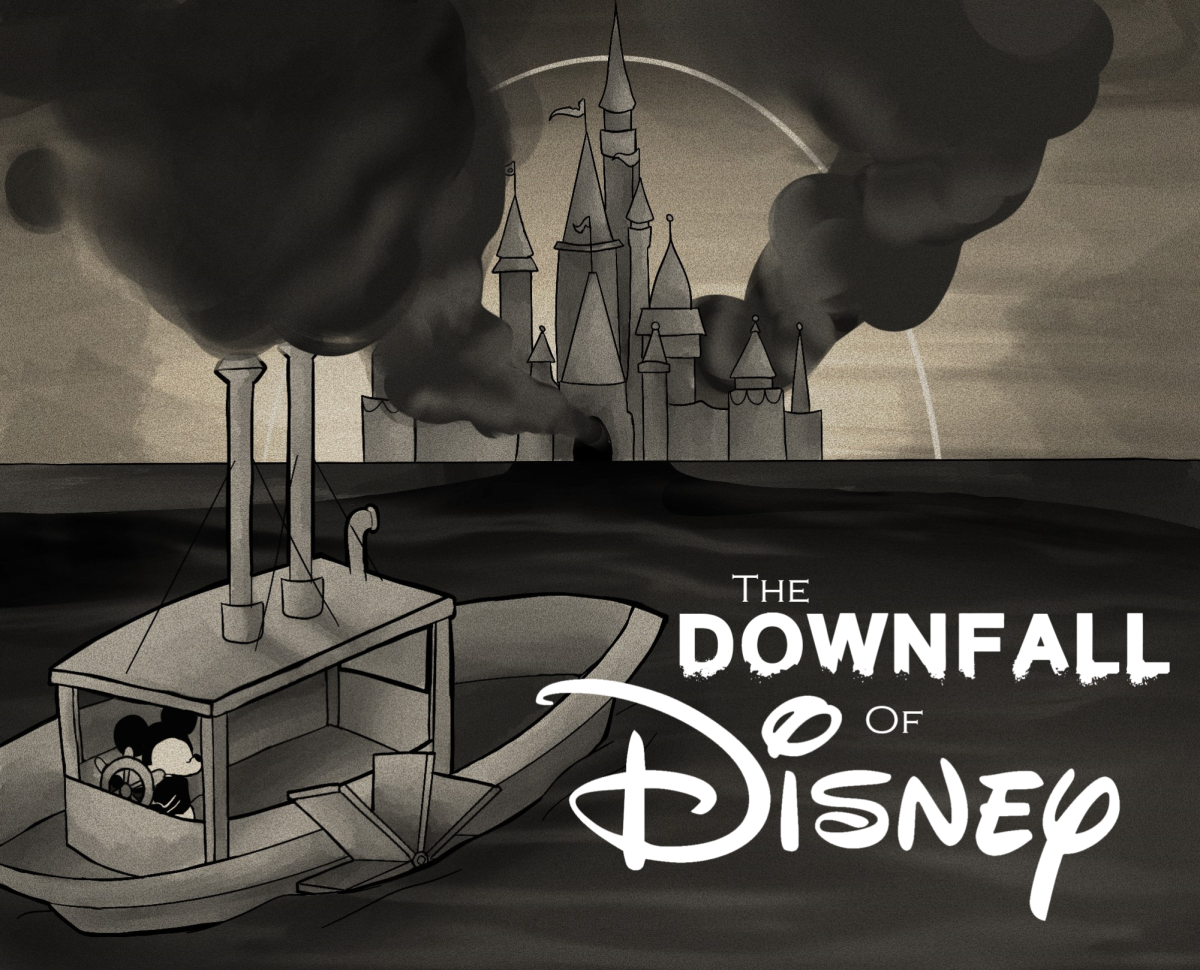The transition from textbooks to tablets is taking place in some schools. As tablets are becoming more popular, the idea of replacing print textbooks with tablets with digital textbooks is also becoming more popular.
Tablets should eventually replace textbooks for many reasons.
Tablets offer a wide range of possibilities. They can hold and download files, which is convenient for students and teachers. They allow students to do things that they couldn’t do in a print textbook such as making notes or highlighting text. They can save time, allowing students to quickly looking up a link.
Some people believe that tablets would be a distraction to students, but according to a study conducted by Publisher Houghton Mifflin Harcourt, tablets help to improve student achievement. In California’s Riverside Unified School District, Harcourt tested an interactive, digital version of an Algebra 1 textbook for Apple’s iPad. The students who used the iPad version scored 20 percent higher on standardized tests than those who learned with print textbooks.
While some people complain that tablets cost too much, they will save money in the end. The U.S., according to the Federal Communications Commission, spends about $7 billion per year on textbooks, many of which are seven to ten years out of date.
Tablets are the ideal technology tool. E-textbooks can be updated instantly on a tablet. It is simple and convenient for students to download new editions or information. Instantly getting the updates would allow students to learn more accurate information.
Tablets help students better prepare for a world immersed in technology. Preparing students for the future requires new approaches to teaching that involve technologies, as they are becoming a part of students’ everyday lives.
When it comes down to print textbooks vs. tablets, there are many more benefits to tablets than textbooks. They help students learn more material faster, hold hundreds of files, and they cost on average 50 to 60 percent less than print textbooks.








